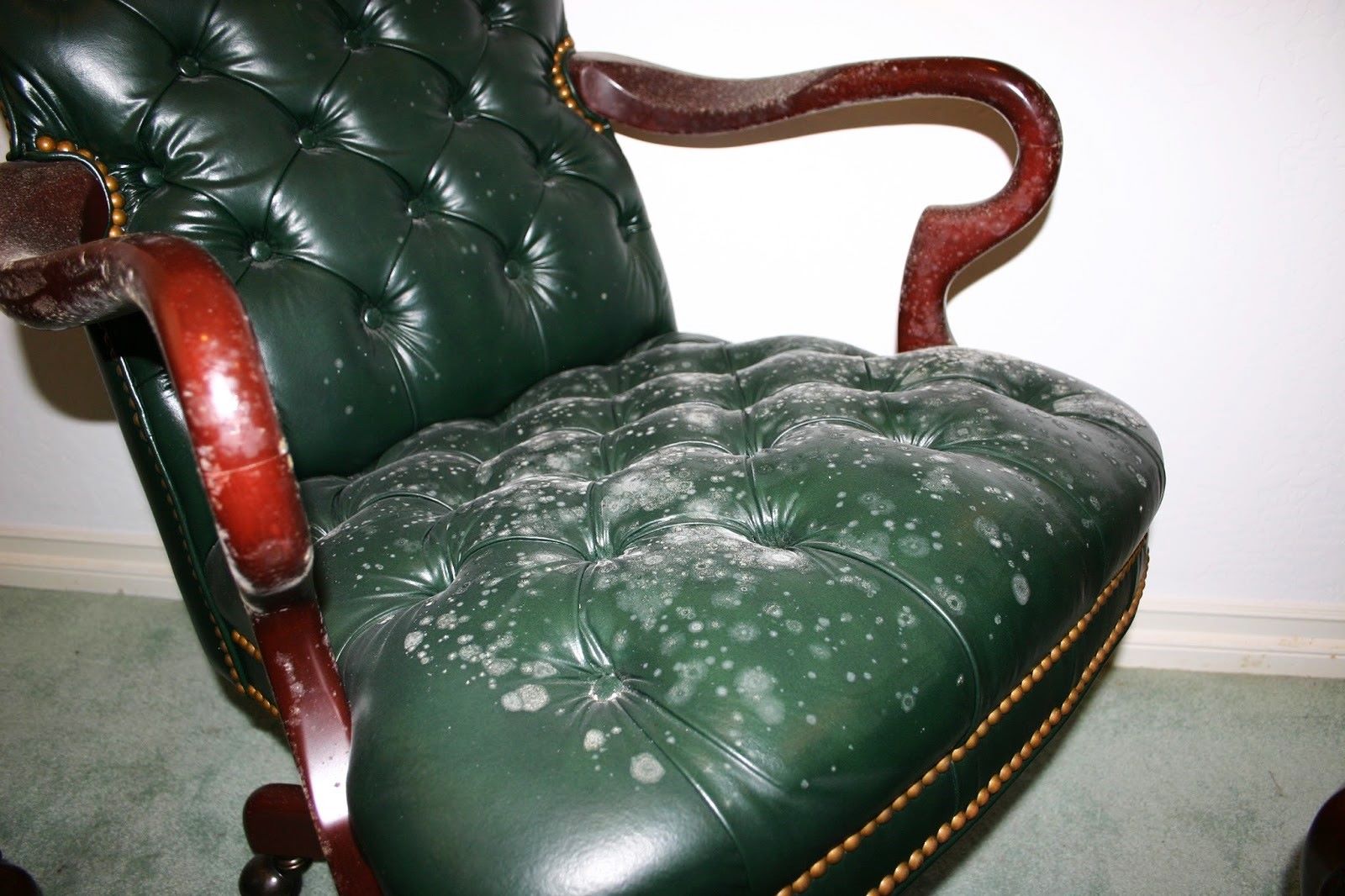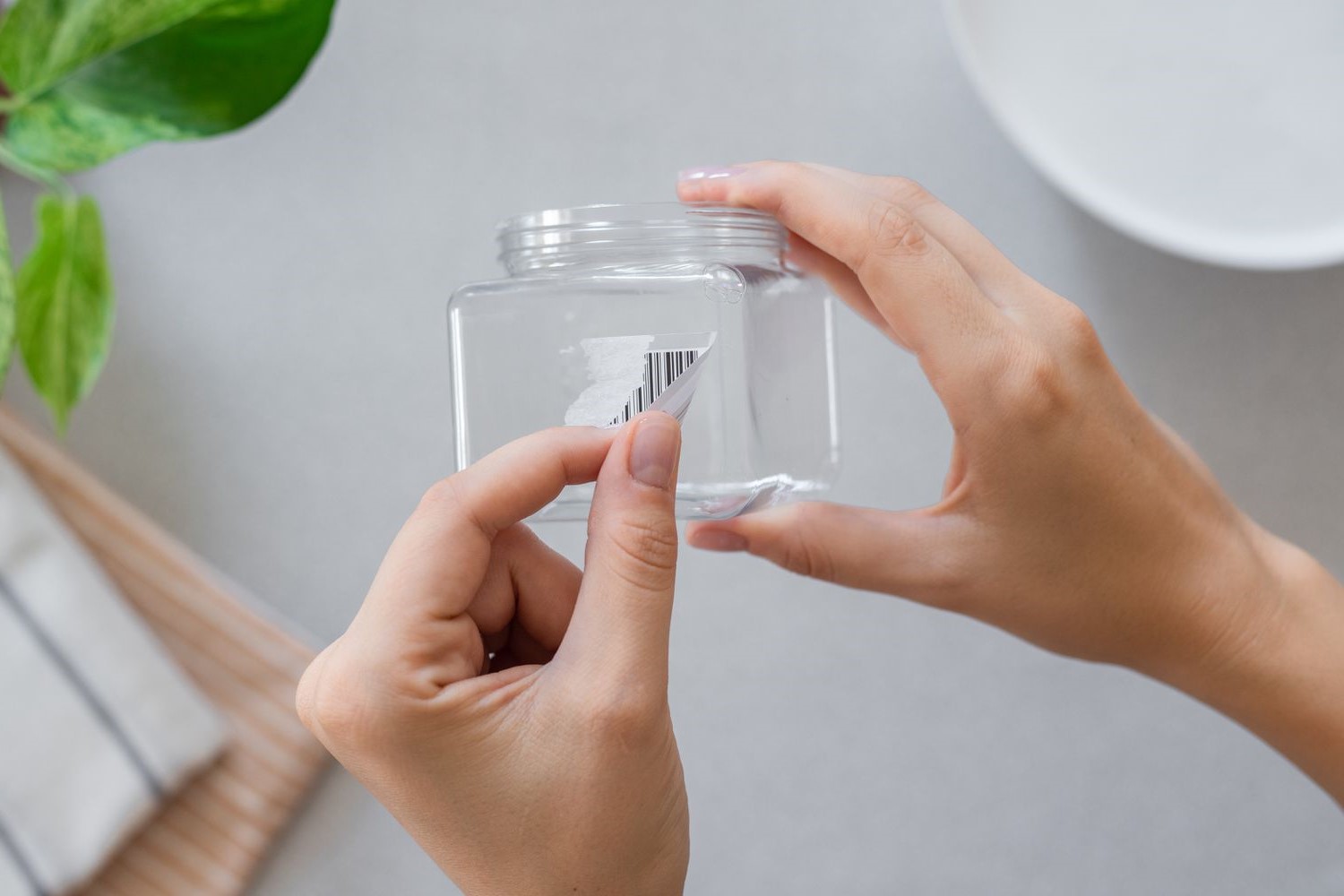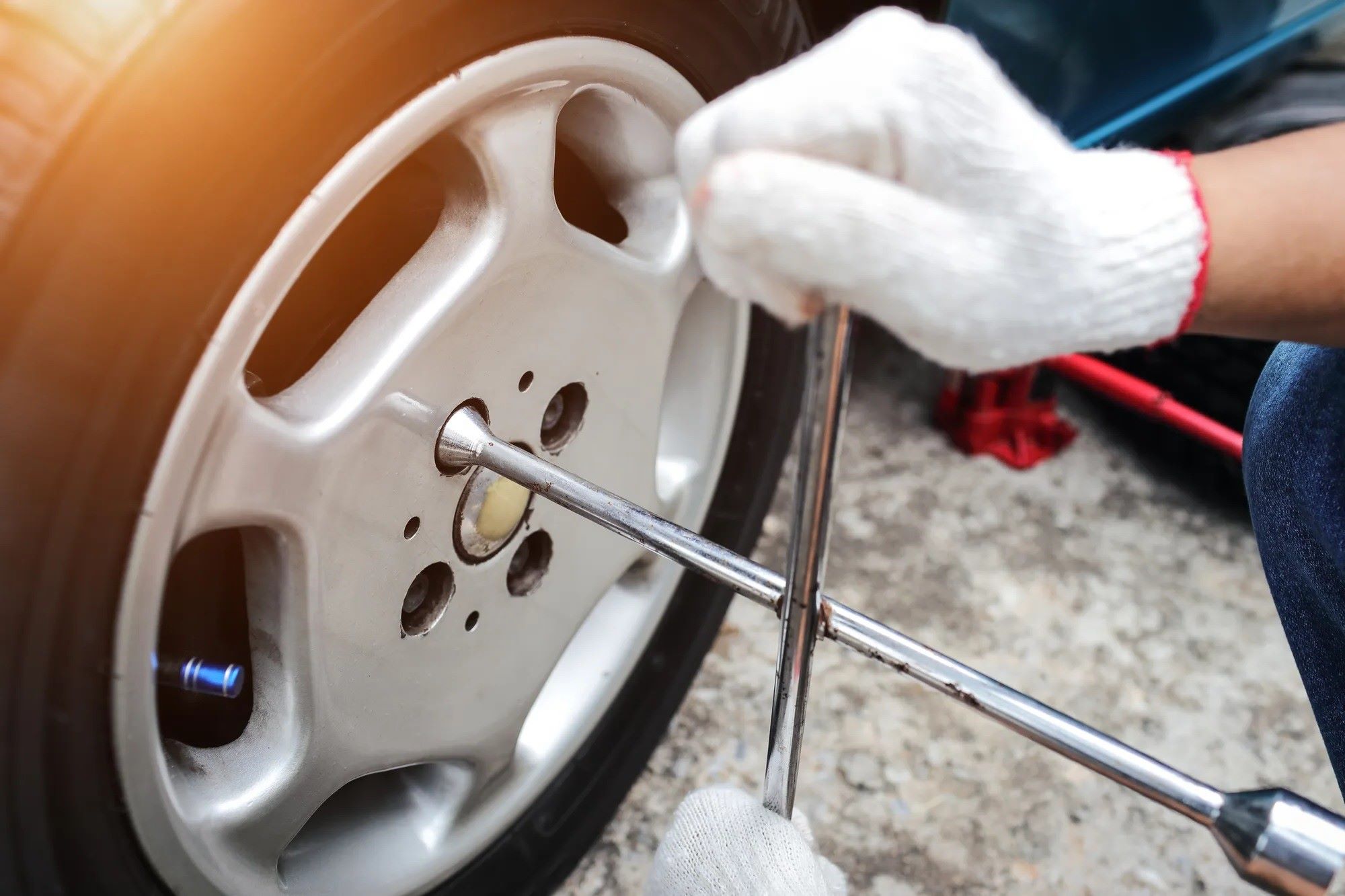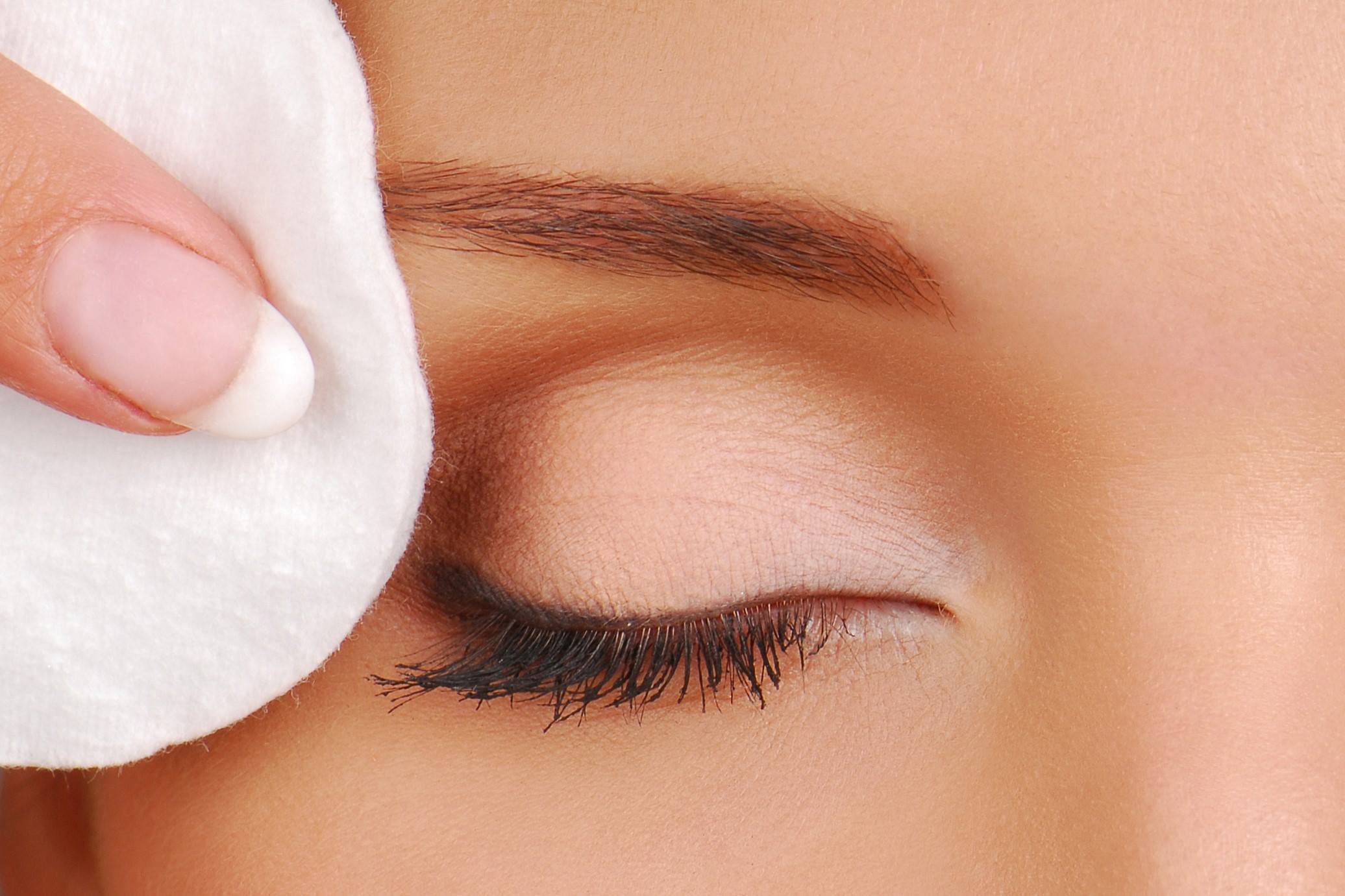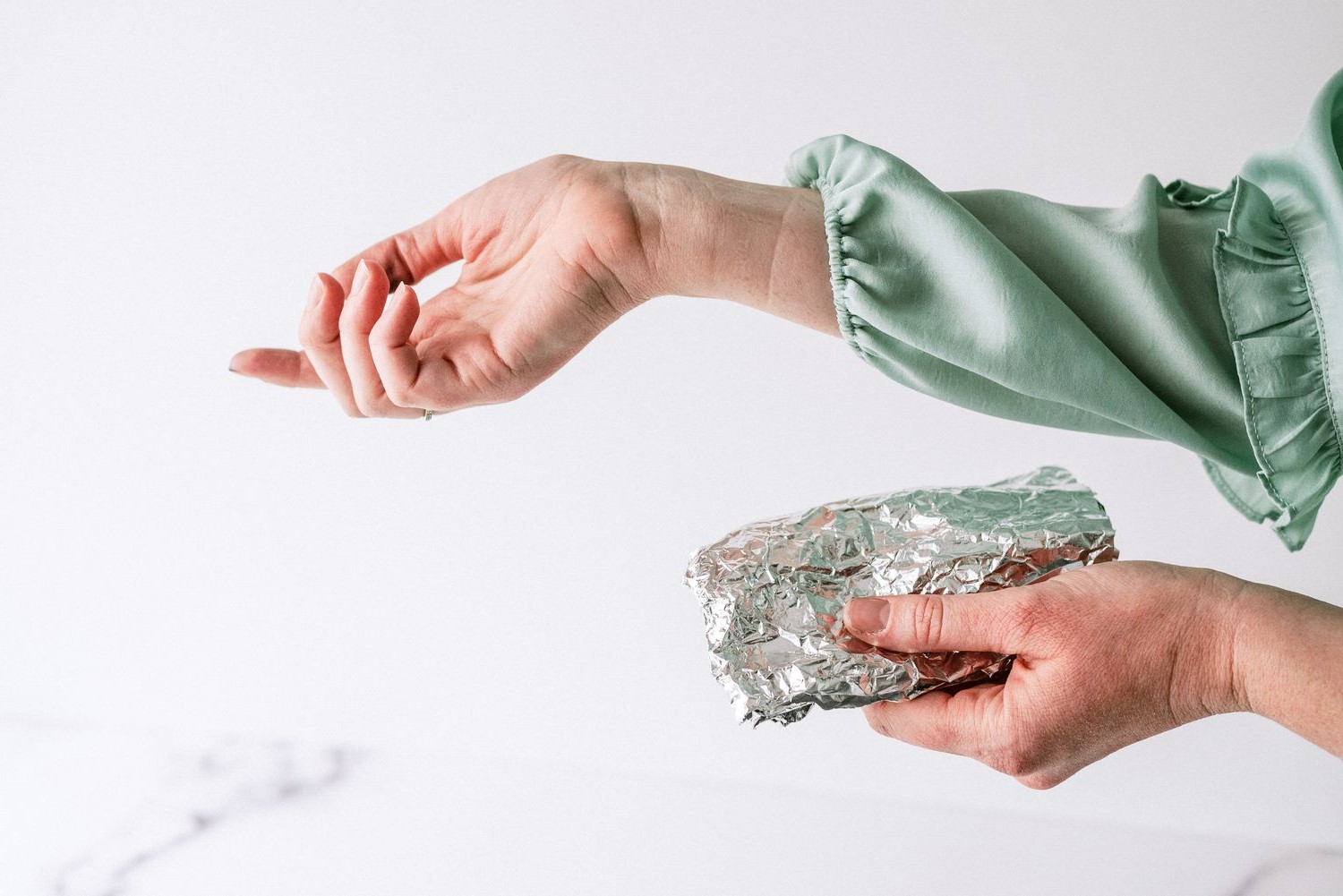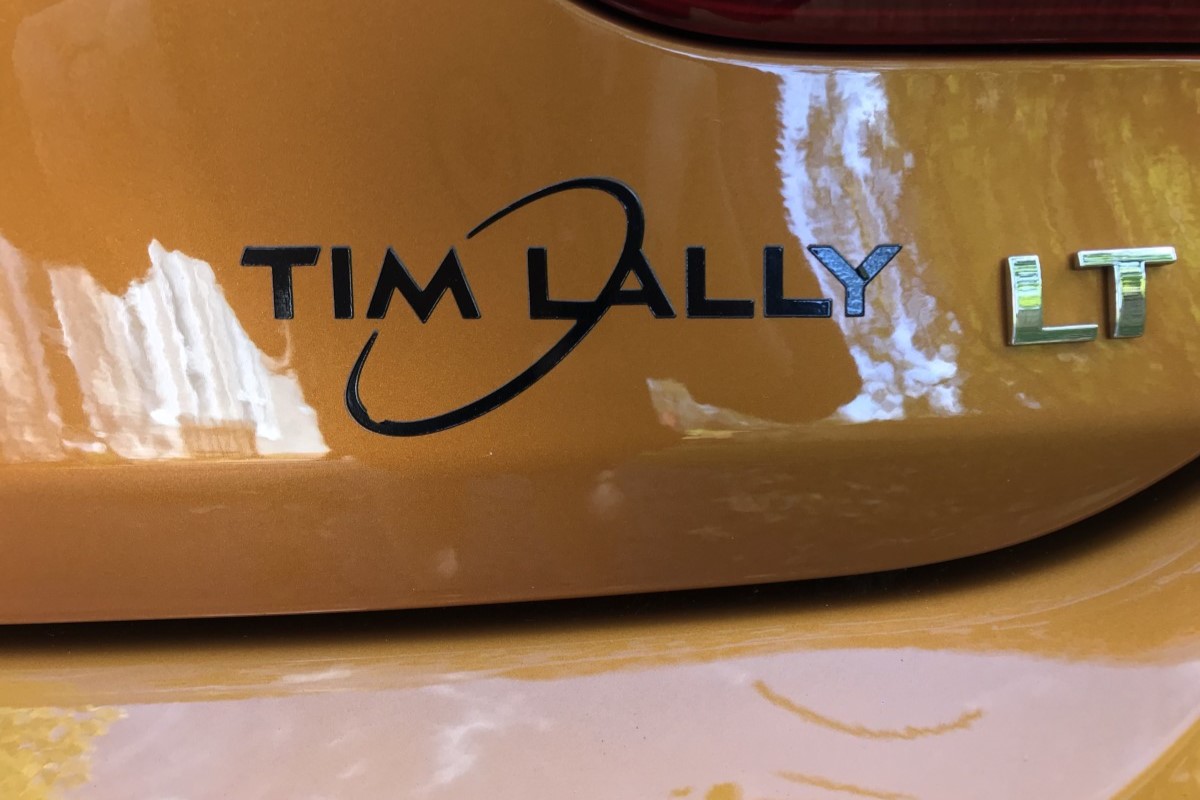Home>Home and Garden>How To Remove Permanent Marker From Wall Without Removing Paint
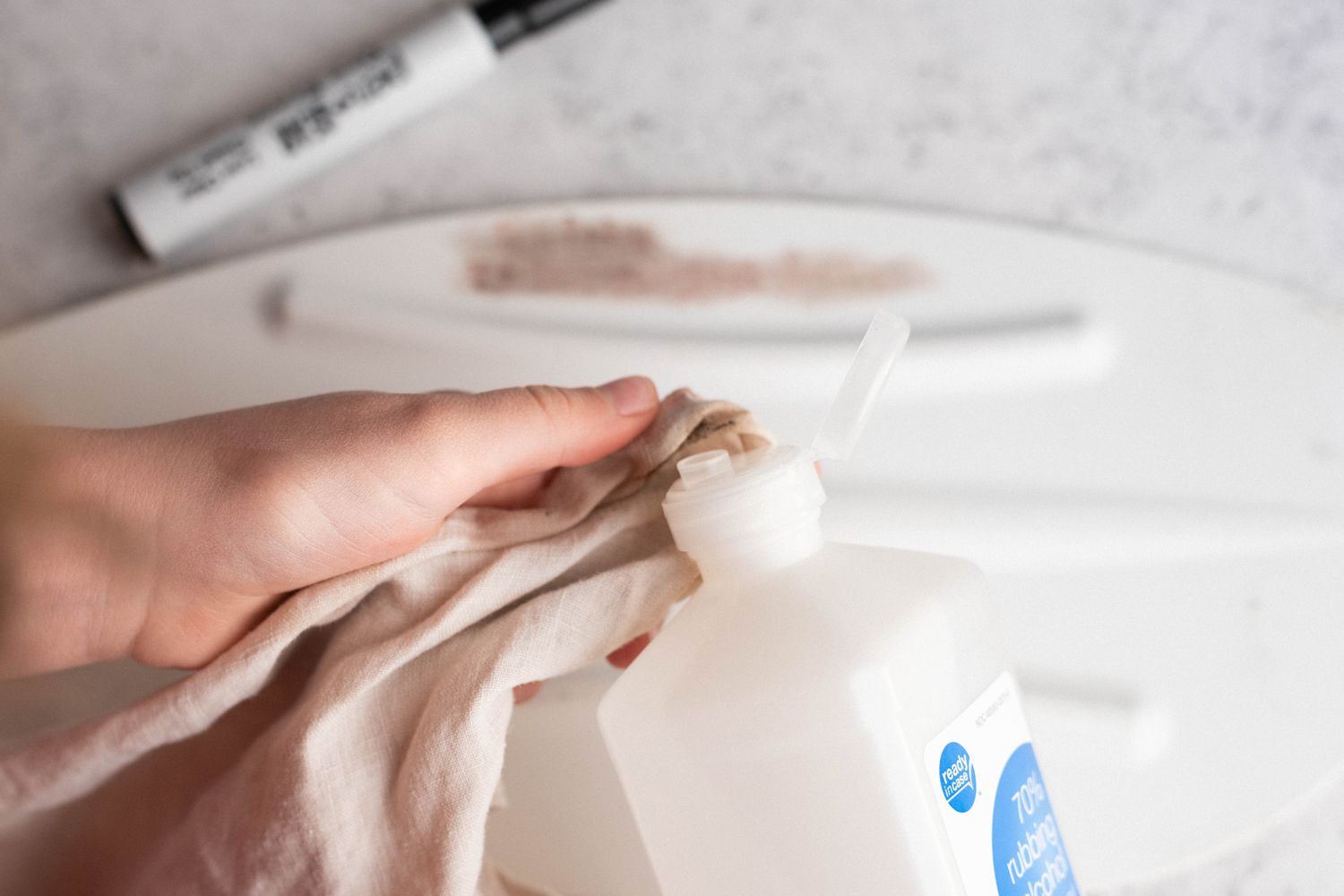

Home and Garden
How To Remove Permanent Marker From Wall Without Removing Paint
Published: March 4, 2024
Learn effective methods for removing permanent marker from walls without damaging the paint. Discover easy home and garden solutions to keep your walls looking pristine.
(Many of the links in this article redirect to a specific reviewed product. Your purchase of these products through affiliate links helps to generate commission for Noodls.com, at no extra cost. Learn more)
Table of Contents
Introduction
Dealing with permanent marker stains on your walls can be a frustrating experience. Whether it's an accidental doodle from a child or a misguided attempt at labeling, the sight of permanent marker on a painted wall can be distressing. However, before you consider repainting the entire wall, there are several effective methods for removing permanent marker without damaging the paint.
In this comprehensive guide, we will explore various techniques and materials that can help you tackle this common household dilemma. From everyday household items to specialized cleaning products, you'll discover practical solutions to restore your walls to their pristine condition. Whether you're a homeowner, a renter, or a professional cleaner, these methods can save you time, money, and the hassle of repainting.
By following the step-by-step instructions and utilizing the recommended materials, you can effectively eliminate permanent marker stains from your walls. Each method offers a unique approach, allowing you to choose the one that best suits your preferences and the materials you have on hand. With a little patience and the right tools, you can say goodbye to unsightly permanent marker stains and restore the beauty of your walls.
So, let's dive into the various methods and materials needed to remove permanent marker from walls, empowering you to tackle this common household challenge with confidence and ease.
Read more: How To Remove Permanent Marker
Materials Needed
Before embarking on the journey to remove permanent marker stains from your walls, it's essential to gather the necessary materials. These items are readily available and can be found in most households or easily obtained from a local store. By having these materials on hand, you'll be well-prepared to tackle the task effectively and efficiently.
1. Rubbing Alcohol
Rubbing alcohol, also known as isopropyl alcohol, is a versatile cleaning agent that can effectively dissolve and lift permanent marker stains from surfaces. It is commonly used for disinfection and cleaning purposes, making it a valuable addition to your cleaning arsenal.
2. Cotton Balls or Swabs
Cotton balls or swabs are ideal for applying rubbing alcohol to the affected area with precision. Their absorbent nature allows for targeted application, minimizing the risk of spreading the stain further.
3. Baking Soda
Baking soda, a staple in many kitchens, possesses mild abrasive properties that can aid in gently scrubbing away stubborn marker stains without causing damage to the underlying paint.
Read more: How To Remove A TV From A Wall Mount
4. Toothpaste
While toothpaste is primarily used for oral hygiene, its mild abrasive nature and cleaning properties make it a suitable candidate for removing marker stains from walls. Opt for a non-gel, white toothpaste for optimal results.
5. Hairspray
Hairspray contains alcohol, which can be effective in breaking down and lifting permanent marker stains. When used in conjunction with a clean cloth, hairspray can help diminish the visibility of the stain.
6. Magic Eraser
A magic eraser, also known as a melamine sponge, is a specialized cleaning tool designed to tackle tough stains on various surfaces, including walls. Its micro-abrasive composition enables it to effectively lift and remove stubborn marks with minimal effort.
7. Clean Cloths or Sponges
Having a supply of clean, soft cloths or sponges is essential for the application and gentle scrubbing of cleaning agents. These materials aid in the removal of loosened marker pigment and prevent re-deposition onto the wall.
Read more: How To Clean Walls With Flat Paint
8. Mild Dish Soap
Mild dish soap, when diluted with water, can serve as a gentle yet effective cleaning solution for treating marker stains. Its ability to emulsify and lift dirt and grime makes it a valuable asset in the stain removal process.
By ensuring you have these materials at your disposal, you'll be well-equipped to explore the various methods for removing permanent marker from your walls. With the right tools and a systematic approach, you can effectively restore the pristine appearance of your walls, leaving them free from unsightly marker stains.
Method 1: Using Rubbing Alcohol
Using rubbing alcohol is a highly effective method for removing permanent marker stains from walls. Its solvent properties enable it to break down the ink pigments, allowing for easier removal without causing damage to the underlying paint. This method is particularly suitable for non-porous or semi-porous surfaces, such as painted walls, where the alcohol can effectively penetrate the marker pigment.
To begin, gather the necessary materials, including rubbing alcohol and cotton balls or swabs. Pour a small amount of rubbing alcohol onto a cotton ball or swab, ensuring it is sufficiently saturated but not dripping. It's advisable to perform a spot test in an inconspicuous area of the wall to ensure the alcohol does not adversely affect the paint.
Once you've confirmed the compatibility of rubbing alcohol with the paint, gently dab the stained area with the alcohol-soaked cotton ball or swab. Avoid excessive rubbing, as this may spread the stain or cause the alcohol to seep into the paint layer. Instead, apply gentle pressure and allow the alcohol to work its magic.
As the rubbing alcohol interacts with the permanent marker ink, you may notice the pigment beginning to dissolve and lift from the wall. It's essential to monitor the progress and avoid applying excessive force, as this could potentially damage the paint. If the stain proves resistant, reapply the rubbing alcohol and continue the gentle dabbing process.
Once the majority of the stain has been lifted, use a clean cloth or sponge dampened with water to gently wipe the treated area. This helps remove any residual alcohol and loosened ink particles, revealing the restored surface underneath. For stubborn stains, a mild dish soap solution can be used to further cleanse the area, followed by a thorough rinse with clean water.
After completing the process, allow the wall to air dry, and inspect the treated area to ensure the stain has been effectively removed. If necessary, repeat the steps until the desired results are achieved. With patience and the meticulous application of rubbing alcohol, you can successfully eliminate permanent marker stains from your walls, restoring their pristine appearance without the need for repainting.
Method 2: Using Baking Soda and Toothpaste
When faced with stubborn permanent marker stains on walls, the combination of baking soda and toothpaste offers a gentle yet effective approach to stain removal. Baking soda, known for its mild abrasive properties, can aid in lifting the ink pigment without causing damage to the underlying paint. Toothpaste, particularly non-gel white varieties, serves as a supplementary cleaning agent, harnessing its mild abrasive nature to further assist in the removal process.
To initiate the stain removal process using baking soda and toothpaste, gather the necessary materials, including a small bowl, baking soda, non-gel white toothpaste, a clean cloth or sponge, and water. Begin by creating a cleaning paste by combining a small amount of baking soda with an equal portion of toothpaste in the bowl. Mix the two ingredients thoroughly until a consistent paste is formed, ensuring that the abrasive properties of the baking soda are evenly distributed within the mixture.
Once the cleaning paste is prepared, apply a small amount to the stained area of the wall using a clean cloth or sponge. Gently rub the paste onto the stain in a circular motion, allowing the mild abrasiveness of the baking soda and toothpaste to work in tandem to lift the ink pigment from the surface. Exercise caution to avoid applying excessive pressure, as this could potentially damage the paint.
As the cleaning paste interacts with the permanent marker stain, you may notice the ink pigment gradually loosening and being lifted from the wall. Continue the gentle rubbing motion, periodically inspecting the progress to determine the effectiveness of the method. For particularly stubborn stains, additional paste can be applied, and the process can be repeated until the desired results are achieved.
Once the majority of the stain has been lifted, use a clean, damp cloth to gently wipe the treated area, removing any residual paste and loosened ink particles. This step helps reveal the restored surface underneath and prepares the wall for inspection. If necessary, a mild dish soap solution can be used to further cleanse the area, followed by a thorough rinse with clean water to ensure the removal of any remaining residue.
After completing the process, allow the wall to air dry, and inspect the treated area to ensure the stain has been effectively removed. If traces of the stain persist, consider repeating the steps until the desired results are achieved. With the careful application of the baking soda and toothpaste cleaning paste, you can effectively eliminate permanent marker stains from your walls, restoring their pristine appearance without the need for repainting.
Method 3: Using Hairspray
Using hairspray as a method for removing permanent marker stains from walls may seem unconventional, but its alcohol content can be surprisingly effective in breaking down and lifting the stubborn ink pigment. Hairspray, typically used for hairstyling purposes, contains alcohol as a key ingredient, which serves as a solvent capable of dissolving the marker pigment without causing damage to the underlying paint.
To initiate the stain removal process using hairspray, gather the necessary materials, including a can of aerosol hairspray and a clean cloth or sponge. It's important to ensure that the hairspray contains alcohol as an active ingredient, as this is essential for its effectiveness in tackling the permanent marker stain.
Begin by shaking the can of hairspray to ensure the contents are thoroughly mixed. Once the hairspray is ready for use, hold the can at a moderate distance from the stained area of the wall and spray a small amount directly onto the affected area. It's advisable to start with a conservative amount of hairspray to prevent oversaturation and potential damage to the paint.
As the hairspray comes into contact with the permanent marker stain, allow it to sit for a brief period to facilitate the breakdown of the ink pigment. The alcohol content in the hairspray works to dissolve the marker pigment, making it easier to lift from the surface. It's important to monitor the progress and avoid excessive saturation, as this could potentially lead to the spread of the stain or damage to the paint.
After allowing the hairspray to interact with the stain for a short duration, use a clean cloth or sponge to gently dab and blot the treated area. This process helps lift the loosened ink pigment from the wall, gradually diminishing the visibility of the stain. It's essential to exercise caution and avoid aggressive rubbing, as this could potentially spread the stain or cause damage to the paint.
Once the majority of the stain has been lifted, use a clean, damp cloth to gently wipe the treated area, removing any residual hairspray and loosened ink particles. This step helps reveal the restored surface underneath and prepares the wall for inspection. If necessary, a mild dish soap solution can be used to further cleanse the area, followed by a thorough rinse with clean water to ensure the removal of any remaining residue.
After completing the process, allow the wall to air dry, and inspect the treated area to ensure the stain has been effectively removed. If traces of the stain persist, consider repeating the steps until the desired results are achieved. With the careful application of hairspray, you can effectively eliminate permanent marker stains from your walls, restoring their pristine appearance without the need for repainting.
Read more: How To Remove Wall Anchors
Method 4: Using Magic Eraser
When it comes to tackling tough stains, the magic eraser stands out as a versatile and powerful cleaning tool. Composed of melamine foam, the magic eraser possesses micro-abrasive properties that enable it to effectively lift and remove stubborn marks from various surfaces, including walls. This method is particularly suitable for addressing permanent marker stains, as the micro-abrasive composition of the magic eraser allows for targeted and efficient stain removal without causing damage to the underlying paint.
To initiate the stain removal process using a magic eraser, ensure you have the necessary materials, including the magic eraser sponge and clean water. The magic eraser is available in various sizes and formats, with each designed to cater to specific cleaning needs. Select a suitable size that provides ample surface area for addressing the permanent marker stain on the wall.
Begin by moistening the magic eraser sponge with clean water, ensuring it is sufficiently damp but not dripping. It's important to avoid using excessive water, as this could potentially lead to unnecessary saturation of the wall and prolong the drying process. Once the magic eraser is prepared, gently squeeze out any excess water to achieve the ideal dampness for effective cleaning.
With the moistened magic eraser in hand, proceed to gently rub the stained area of the wall in a circular motion. The micro-abrasive nature of the magic eraser allows it to effectively lift the ink pigment from the surface without causing damage. Exercise caution to avoid applying excessive pressure, as the magic eraser's cleaning power is derived from its composition rather than forceful scrubbing.
As you continue to work the magic eraser onto the stained area, you may notice the ink pigment gradually diminishing and being lifted from the wall. Periodically rinse the magic eraser sponge with clean water to remove any accumulated ink residue, ensuring that it remains effective throughout the cleaning process. It's advisable to monitor the progress and adjust the intensity of the rubbing motion based on the responsiveness of the stain.
Once the majority of the stain has been lifted, use a clean, damp cloth to gently wipe the treated area, removing any residual ink particles and ensuring the restored surface is revealed. This step prepares the wall for inspection and allows you to assess the effectiveness of the magic eraser method. If necessary, a mild dish soap solution can be used to further cleanse the area, followed by a thorough rinse with clean water to ensure the removal of any remaining residue.
After completing the process, allow the wall to air dry, and inspect the treated area to ensure the stain has been effectively removed. If traces of the stain persist, consider repeating the steps until the desired results are achieved. With the meticulous application of the magic eraser, you can effectively eliminate permanent marker stains from your walls, restoring their pristine appearance without the need for repainting.
Conclusion
In conclusion, the removal of permanent marker stains from walls is a common household challenge that can be effectively addressed with the right methods and materials. Whether it's an accidental marking by children or an oversight during a creative project, the sight of permanent marker on painted walls can be distressing. However, the methods outlined in this guide offer practical and accessible solutions for restoring the pristine appearance of walls without the need for repainting.
By utilizing rubbing alcohol, baking soda and toothpaste, hairspray, and the magic eraser, individuals can effectively tackle permanent marker stains with confidence. Each method offers a unique approach, catering to different preferences and the availability of materials. The use of rubbing alcohol harnesses its solvent properties to break down ink pigments, while the combination of baking soda and toothpaste provides a gentle yet effective means of lifting stubborn stains. Hairspray, containing alcohol as a key ingredient, offers a surprising yet effective method for dissolving and lifting the stubborn ink pigment. Additionally, the magic eraser, with its micro-abrasive composition, provides a powerful tool for targeted stain removal without causing damage to the underlying paint.
It's important to note that patience and careful application are key to achieving successful results when using these methods. By following the step-by-step instructions and exercising caution, individuals can effectively eliminate permanent marker stains from their walls, restoring their beauty and eliminating the need for costly repainting.
Furthermore, the materials required for these methods are readily available in most households or easily obtainable from local stores. This accessibility ensures that individuals can address permanent marker stains promptly and efficiently, saving time, money, and the hassle of repainting entire walls.
Ultimately, the methods outlined in this guide empower individuals to take proactive steps in maintaining the cleanliness and appearance of their living spaces. By arming themselves with the knowledge and techniques for removing permanent marker stains, individuals can confidently address this common household challenge and preserve the beauty of their walls.
In conclusion, the methods presented in this guide offer practical, accessible, and effective solutions for removing permanent marker stains from walls, enabling individuals to restore the pristine appearance of their living spaces with ease.


